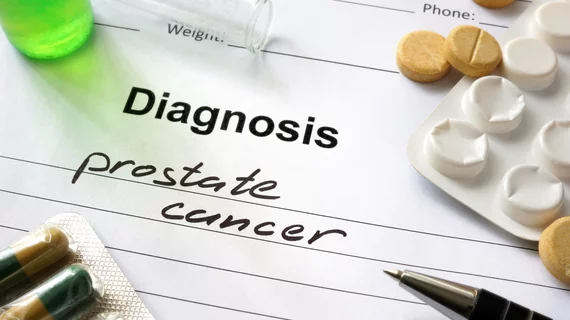A new treatment option for prostate cancer patients
A new combination therapy using 177Lu PSMA-617 and idronoxil (NOX66) is effective for treating patients with prostate cancer, according to research presented at the Society of Nuclear Medicine and Molecular Imaging (SNMMI) 2019 Annual Meeting in Anaheim, California.
Previous efforts had included treating metastatic castrate resistant prostate cancer (mCRPC) with 177Lu PSMA-617—but the treatment didn’t work for all men. Researchers’ next step was combining NOX66 with the 177Lu PSMA-617. The team enrolled 16 men into their study who had been previously treated for mCRPC. Each patient received as many as six doses of 177Lu PSMA-617 at six-week intervals, and eight men (cohort one) received daily doses of NOX66 for 10 days. The other eight men (cohort two) later received daily NOX66 treatments after a “safety data review.”
Overall, researchers noted that nearly 70% of patients saw a reduction in their PSA levels of more than 50%. This included 62.5% of patients from cohort one and 75% from cohort two. Adverse effects occurred in 31% of patients.
“The initial results of this phase I dose escalation study show that the combination targeted treatments were well tolerated together, with no increase in toxicity from 177Lu PSMA-617, and an apparent high efficacy in men who have already had extensive treatments,” researcher Louise Emmett, MD, associate professor at the University of New South Wales in Sydney, Australia, said in a prepared statement. “We are now in a dose expansion phase II stage to further evaluate toxicity and efficacy. This raises the very important possibilities of combining tumor-targeted therapeutic agents to gain synergistic treatment effects without an increase in side effects.”

